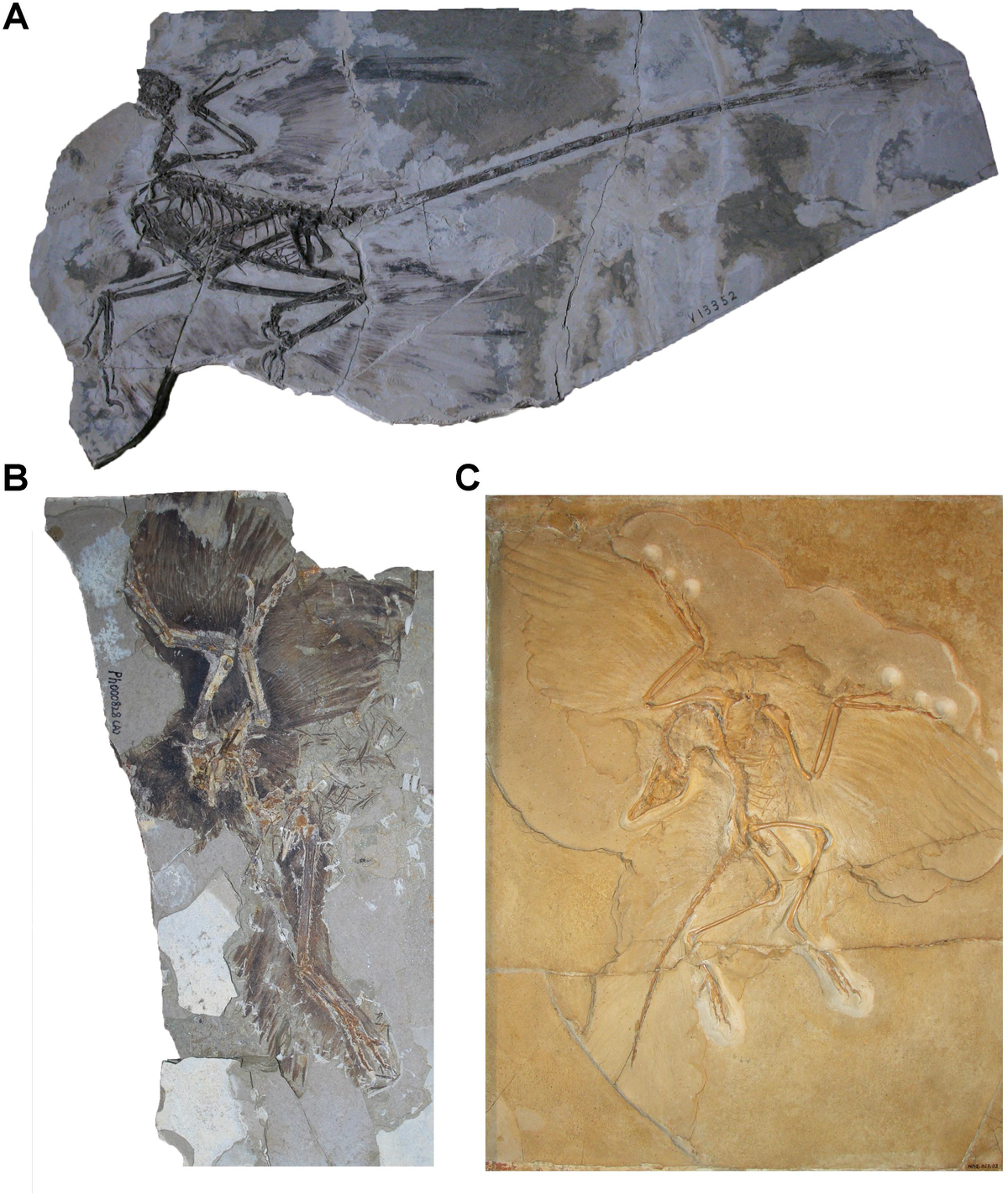I think they do know what they're talking about.
Manifestly, they do. Dr. Wise, for example, is honest enough to admit that Darwin's predictions about the nature of fossil evidence have been repeatedly verified by "very good evidence for macroevolutionary theory." And he also admits that the evidence is not consistent with creationist beliefs.
Barbarian, Scientific Creationists don't invest resources and time into investigating transitional forms because they don't buy it.
If so, it's hard to understand how Dr. Wise would know all that paleontological data that he says supports Darwin's theory. Clearly he did a lot of investigation. For the obvious reason. He suggests that eventually a creationist explanation for the facts will be possible.
Here's what I want you to do. Go get the answer to my original question: What is the justification for a theory that still rests soundly on punctuated equilibrium.
That's a misconception many creationists have. Eldredge and Gould did not deny slow and gradual evolution. They merely noted that punctuated equilibrium is the norm. But Gould noted that (for example) forams, horses, and ammonites show gradual evolution rather than punctuated equilibrium.
It's true that most fossil evidence shows fairly rapid evolution, followed by long periods of stasis when a species changes very little. Darwin predicted that, BTW, noting that natural selection would prevent much change in a well-fitted population in a constant environment.
More specifically, I want statements regarding what percentage of the theory rests on actual fossil evidence of transitional forms
Well, let's ask Dr. Wise...
Evidences for Darwin’s second expectation — of stratomorphic intermediate species — include such species as Baragwanathia27 (between rhyniophytes and lycopods), Pikaia28 (between echinoderms and chordates), Purgatorius29 (between the tree shrews and the primates), and Proconsul30 (between the non-hominoid primates and the hominoids). Darwin’s third expectation — of higher-taxon stratomorphic intermediates — has been confirmed by such examples as the mammal-like reptile groups31 between the reptiles and the mammals, and the phenacodontids32 between the horses and their presumed ancestors. Darwin’s fourth expectation — of stratomorphic series has been confirmed by such examples as the early bird series,33 the tetrapod series,34,35 the whale series,36 the various mammal series of the Cenozoic37 (for example, the horse series, the camel series, the elephant series, the pig series, the titanothere series, etc.), the Cantius and Plesiadapus primate series,38 and the hominid series.39 Evidence for not just one but for all three of the species level and above types of stratomorphic intermediates expected by macroevolutionary theory is surely strong evidence formacroevolutionary theory. Creationists therefore need to accept this fact.
https://creation.com/images/pdfs/tj/j09_2/j09_2_216-222.pdf
The key is that none of these transitions were known in Darwin's time. Even when I was starting out as a student, we didn't have transitional fossils for:
Land animals/whales
Reptiles/mammals
Lizards/snakes
Forest apes/humans
Anapsids/turtles
Salamanders/frogs
Theropod dinosarus/birds
(long list)
Today,we have all those predicted fossil transitionals. Which as Dr. Wise says, is "very good evidence for macroevolutionary theory."
But perhaps even more compelling is the DNA data, showing genetic relationships that confirm fossil transitional data. And we know this works, because we can compare DNA of organisms of known descent.
Using DNA analyses, we get the same phylogeny for living things that was first noted by Linnaeus in the 1700s, and by the huge number of fossil transitionals in the rocks. How would you go about establishing percentages? I figure the DNA data is more persuasive than the fossil transitionals which agree with the DNA evidence.
what percentage still has to be made up for with imaginary dots.
Well, let's test that issue. Name me two major groups of organisms, said to be evolutionarily connected, and I'll see if there's DNA data and/or transitional fossils for that connection. There are still some for which we don't have fossil data at least, so you might be able to fine one. Name them, and we'll see.







